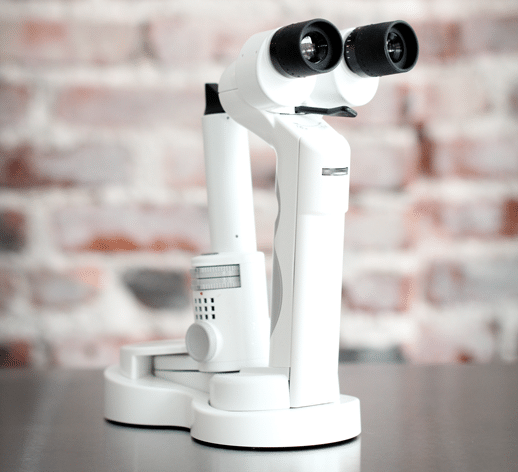The size of global veterinary ophthalmology equipment market in terms of revenue was estimated to be worth $485 million in 2024 and is poised to reach $697 million by 2029, growing at a CAGR of 7.5% from 2024 to 2029.
Veterinary ophthalmology equipment plays a crucial role in diagnosing and treating eye conditions in animals, ensuring their well-being and health. This article delves into the market for diagnostic devices in veterinary ophthalmology, focusing on key tools like ophthalmoscopes and tonometers.
Diagnostic Devices in Veterinary Ophthalmology
Veterinary ophthalmology encompasses the diagnosis and treatment of eye disorders in animals, requiring specialized equipment to assess ocular health accurately. Among the essential diagnostic tools are ophthalmoscopes and tonometers, which enable veterinarians to examine various aspects of the eye's structure and function.
Download the PDF Brochure at https://www.marketsandmarkets.com/pdfdownloadNew.asp?id=186056447
Ophthalmoscopes: Peering into the Eye
Ophthalmoscopes are fundamental instruments used to inspect the interior structures of the eye, including the retina, optic disc, and blood vessels. They illuminate and magnify these structures, allowing veterinarians to detect abnormalities such as cataracts, retinal detachment, and glaucoma. Advanced models offer features like adjustable focus, variable light intensity, and specialized lenses for detailed examination across different animal species.
Tonometers: Measuring Intraocular Pressure
Intraocular pressure (IOP) measurement is critical for diagnosing conditions like glaucoma, where elevated pressure can lead to irreversible damage. Tonometers are devices that measure IOP in animals, providing vital information for monitoring and managing ocular health. Veterinary tonometers vary in design from handheld devices to electronic probes, each offering precise measurements tailored to the anatomical differences among species.
Key Market Players:
The key players in the market include Bausch + Lomb Corporation (Canada), Revenio Group Oyj (Finland), Halma Plc (Keeler, a wholly owned subsidiary of Halma Plc) (UK), Baxter International, Inc. (Hill-Rom, a wholly owned subsidiary of Baxter International, Inc.) (US), AMETEK, Inc. (Reichert, Inc., a wholly owned subsidiary of AMETEK, Inc.)(US), HEINE Optotechnik GmbH & Co. KG (Germany), LKC Technologies, Inc. (US), IRIDEX Corporation (US), Optomed Plc (Finland), Ocularvision, Inc. (US), AN-VISION (Germany), Eidolon Optical LLC (US), Yuesen Med (China), Ocuscience (US), GerVetUSA (US), Kowa American Corporation (US), AJL Ophthalmology S.A. (Spain), Optibrand Ltd. (US), Alcon Inc. (Switzerland), USIOL, Inc. (US), I-MED Animal Health (Canada), Freedom Ophthalmic Pvt. Ltd. (France), New World Medical (US), Nova Eye Medical (Australia) and CorNeat Vision (Israel).
Market Dynamics and Growth Trends
The veterinary ophthalmology equipment market is witnessing growth driven by increasing pet ownership, rising awareness of animal health, and advancements in diagnostic technologies. As more pet owners seek specialized care for their animals, veterinary clinics and hospitals are investing in state-of-the-art ophthalmic equipment to deliver accurate diagnoses and effective treatments.
Technological Advancements
Recent technological advancements have enhanced the capabilities of veterinary ophthalmology equipment. Digital ophthalmoscopes now offer high-resolution imaging and video capabilities, enabling real-time visualization and documentation of eye conditions. Similarly, automated tonometers provide faster and more accurate IOP measurements, improving efficiency in clinical settings.
Direct Purchase at https://www.marketsandmarkets.com/Purchase/purchase_reportNew.asp?id=186056447
Challenges and Opportunities
Despite technological advancements, challenges such as cost constraints and the need for specialized training persist in the adoption of advanced veterinary ophthalmology equipment. However, these challenges also present opportunities for manufacturers to innovate user-friendly, cost-effective solutions that cater to the diverse needs of veterinary practitioners worldwide.
In conclusion, diagnostic devices such as ophthalmoscopes and tonometers are indispensable in veterinary ophthalmology, facilitating early detection and treatment of eye disorders in animals. The market for these devices continues to evolve with technological innovations, supporting veterinarians in delivering optimal eye care and improving overall animal welfare.





Comments